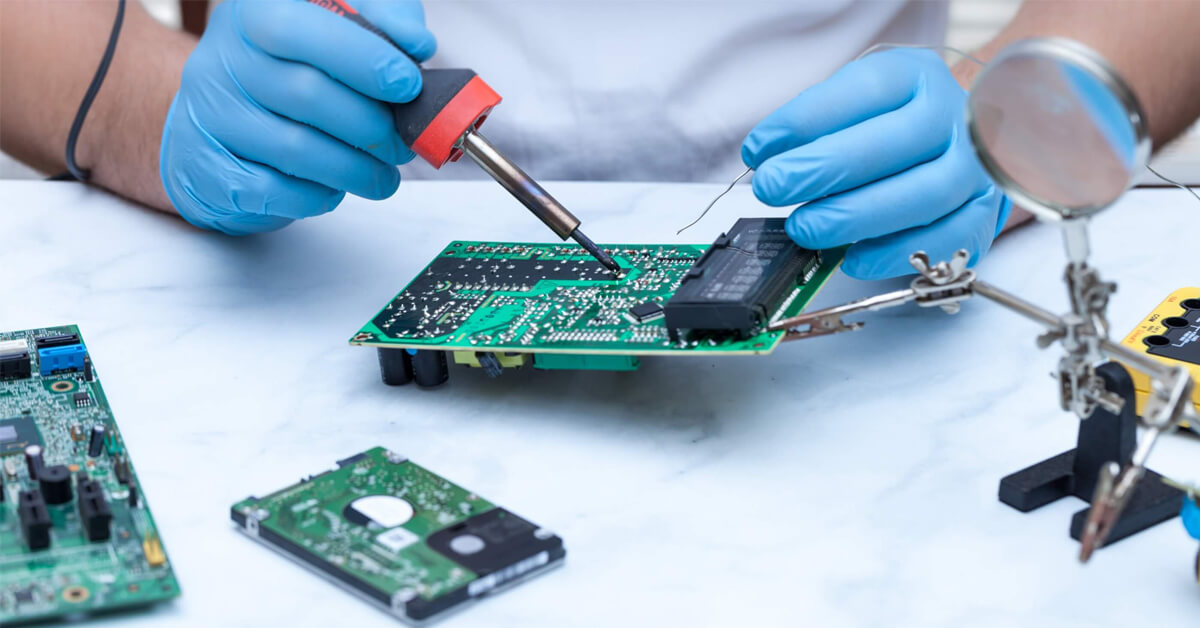In the rapidly evolving landscape of electronics manufacturing, the concept of burn in testing in turnkey electronics has emerged as a pivotal process. This method is instrumental in ensuring that electronic devices are reliable and robust before they reach the hands of consumers. For those involved in the manufacturing and assembly of electronics, understanding the significance of burn in testing is crucial. This process not only enhances product reliability but also boosts consumer confidence in electronic products.
Burn in testing is a process where electronic devices are subjected to stress tests to ensure their reliability and performance under normal and extreme conditions. In the context of turnkey electronics, this process is integrated seamlessly into the production cycle, ensuring that each unit meets the highest quality standards before it is shipped to customers.

Understanding Burn in Testing
Burn in testing is a quality assurance process used to detect early failures in electronic components. This process involves operating the devices at elevated temperatures and voltages for a specified period. The aim is to identify and eliminate defective units that might fail prematurely when deployed in real-world conditions.
The Importance of Burn in Testing in Turnkey Solutions
In turnkey electronics manufacturing, burn in testing is integrated into the production line. This ensures that products are thoroughly tested and verified before they are delivered to clients. This step is crucial for maintaining the integrity and reputation of the manufacturer, especially in industries where reliability is paramount, such as aerospace and medical devices.
How Burn in Testing Works
The process of burn in testing involves several key steps:
- Initial Inspection: Before testing, each component undergoes a visual and functional inspection.
- Test Setup: Devices are placed in a burn in chamber where they are subjected to elevated temperatures and voltages.
- Monitoring: Devices are monitored for performance and stability over the test duration.
- Analysis: Data collected during the test is analyzed to identify any potential failures.
Benefits of Burn in Testing
Burn in testing offers numerous benefits, including:
- Increased Reliability: By identifying early failures, manufacturers can ensure that only robust units reach the market.
- Cost Savings: Detecting and eliminating defective units before they reach consumers can save significant costs associated with recalls and repairs.
- Enhanced Reputation: Consistently delivering reliable products enhances a manufacturer’s reputation in the market.
Challenges in Burn in Testing
While burn in testing is beneficial, it also presents certain challenges:
- Cost: The process requires specialized equipment and can be resource-intensive.
- Time-Consuming: The testing process can add time to the production cycle, potentially delaying product launches.
- Complexity: Setting up and monitoring burn in tests requires skilled personnel and detailed planning.
Overcoming Challenges
To overcome these challenges, manufacturers can:
- Invest in Advanced Equipment: Utilizing state-of-the-art testing equipment can streamline the process and reduce costs.
- Training Personnel: Investing in the training of personnel can enhance efficiency and accuracy in testing.
- Optimize Testing Protocols: Developing optimized testing protocols can reduce time without compromising on quality.
The Role of Turnkey Solutions in Electronics Manufacturing
Turnkey solutions in electronics manufacturing offer a comprehensive approach to production. By integrating processes like burn in testing, manufacturers can deliver complete and ready-to-use products to clients. Turnkey solutions not only simplify the supply chain but also enhance product quality and reliability.
Advantages of Turnkey Solutions
Some advantages of turnkey solutions include:
- Streamlined Production: By managing all aspects of production, manufacturers can reduce lead times and costs.
- Quality Assurance: Integrated testing processes ensure that products meet the highest standards.
- Flexibility: Turnkey solutions can be customized to meet specific client requirements.

Conclusion
In conclusion, burn in testing in turnkey electronics plays a critical role in ensuring the reliability and quality of electronic products. By integrating this process into the production cycle, manufacturers can deliver products that meet the demands of today’s market. As the electronics industry continues to evolve, the importance of burn in testing will only grow, making it an essential component of any successful manufacturing strategy.
FAQs
What is burn in testing?
Burn in testing is a quality assurance process where electronic devices are subjected to stress tests to ensure their reliability and performance under normal and extreme conditions.
Why is burn in testing important?
Burn in testing is important because it helps identify and eliminate defective units, ensuring that only reliable products reach the market.
What are the challenges of burn in testing?
The challenges of burn in testing include the cost and time required for testing, as well as the complexity of setting up and monitoring tests.
Additional Resources
For more insights on related topics, explore our articles on Prototyping vs. Mass Production and Procurement Methods. For an external perspective, refer to Turnkey PCB Assembly.


